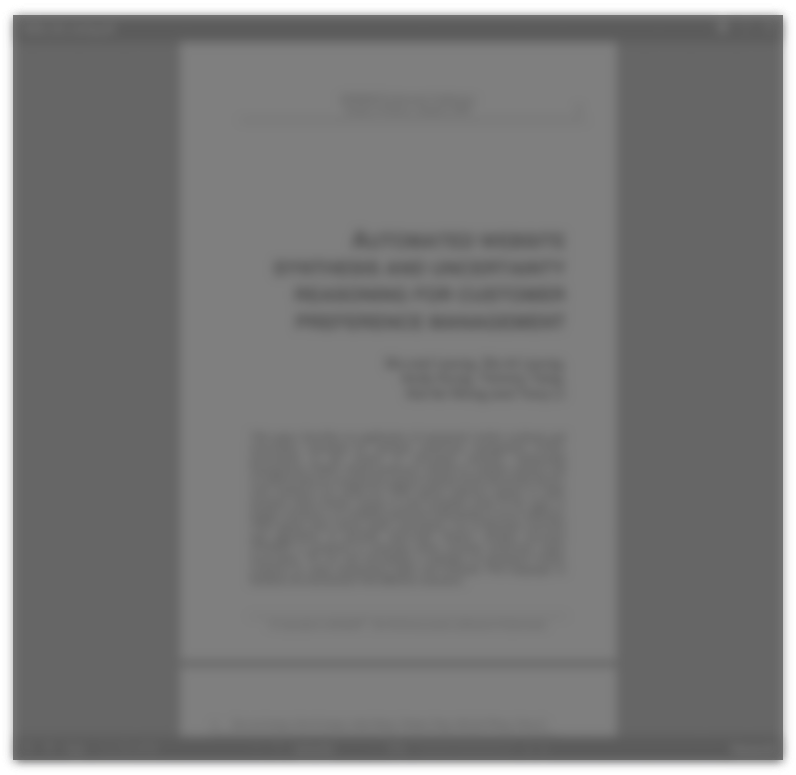Abstract:
April 2, 1993 was a historic day in the U. S. private-label scare. On Marlboro Friday, Philip Morris decreased the price of Marlboro cigarettes by 40 cents a pack in response to tire increasing popularity of cheaper cigarettes. In one day, the company lost $13.4 billion in stock-market value. Whether called private labels, own labels, or store brands, non-branded products have become a source of major concern for consumer-goods manufacturers in the 1990s. If private labels are here to stay, advertisers are going to have to face this challenge head-on. But how? To answer this question, we will explore tire reasons for private labels' increased popularity and the means that advertisers have for fighting back. research systems corporation (RSC) has long advocated the use of advertising as a means of increasing market share; numerous validation studies have demonstrated the link between persuasive advertising and sales. However, until recently, no data was available to support the use of persuasive advertising as a means of dealing with private-label products. Today, the results of a new study will be presented that explores the effects of pricing, television media spending, and advertising effectiveness on both private-label market share and total category volume.







